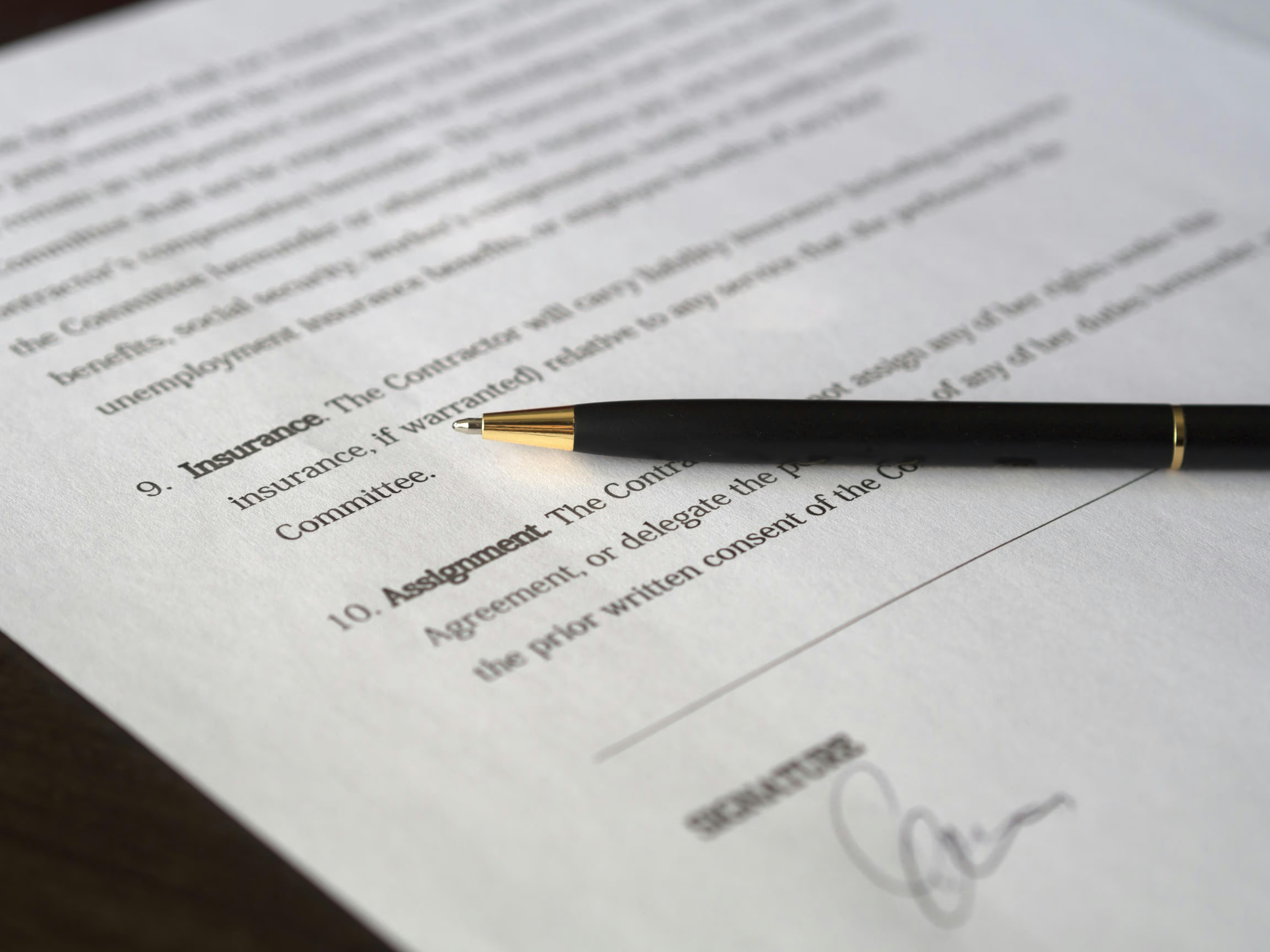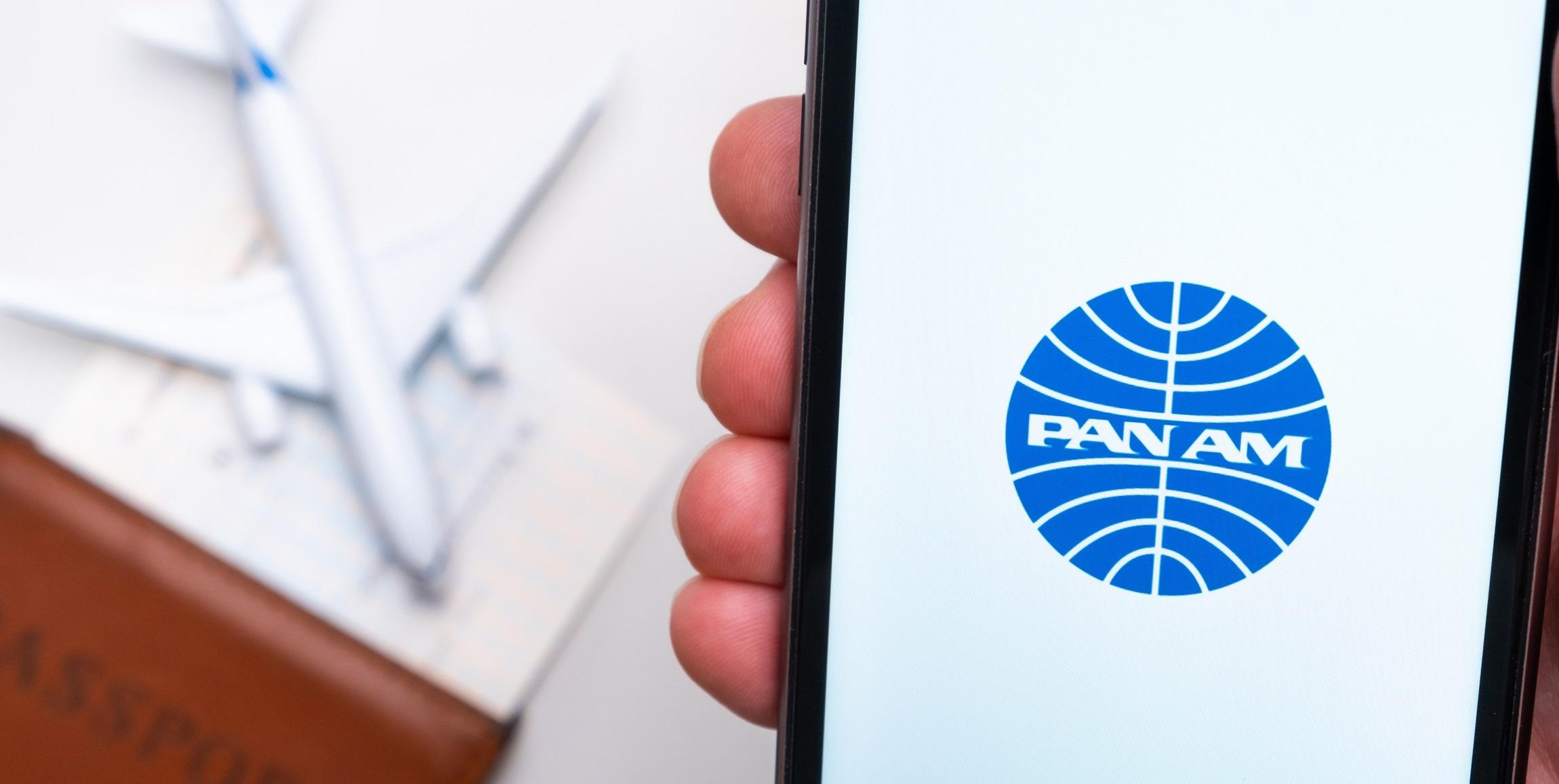Meal Reimbursement Rules, Rates & Best Practices

Your construction crew is working a three-week job 200 miles from home. Your sales team is traveling to client meetings across five states this month. Your remote workers are putting in 12-hour days and ordering takeout because they don't have time to cook.
All of these scenarios have one thing in common: employees spending their own money on work-related meals. Get meal reimbursement right by knowing the rules, setting fair rates, and using practices that actually work in the field.
Understanding Meal Reimbursement Rules
Meal reimbursement is compensation your company provides to cover food costs tied to work. It might be a daily meal allowance for business trips, a monthly grocery budget for remote workers, or snacks for the office kitchen.
The rules are simple: employees shouldn't pay for meals they need because of work.
Some companies give remote workers $100 monthly for groceries or meal delivery. Others set a daily allowance when staff travel for conferences or job sites. Construction companies often use per diem rates for multi-day projects where crews stay in hotels.
Why Offer a Food Allowance?
Most companies think about food stipends as an employee perk. Smart companies know they're a business investment. Hungry workers are expensive workers. Here's what happens when you get it right.
Your Team Stops Worrying About Money
Food costs are climbing everywhere. A project manager spending $40 daily on meals during a week-long conference is looking at $200 out-of-pocket. That money might determine whether they can afford to attend the next training opportunity.
A meal allowance removes that stress entirely.
People Stay Focused on Work
When employees know meals are covered, they stop calculating whether they can afford lunch or dinner. Your concrete crew doesn't waste time driving 20 minutes to find the cheapest food. Your sales rep doesn't skip the client dinner because it's too expensive.
They focus on the actual work.
You Actually Save Money
A project manager who skips meals to save money isn't productive. A sales rep who chooses the cheapest restaurant might miss closing a deal because the client couldn't hear over the noise.
Proper meal allowances prevent these hidden costs.
Current Rates and Rules
Get meal reimbursement right by using current rates and proven rules. These four tips keep your policy compliant, competitive, and practical.
Know Your Budget
Start with the numbers that matter. For business travel, the standard CONUS rate for 2025 is $68 for meals and incidental expenses, up from $59 in previous years. This breaks down to roughly $14 for breakfast, $17 for lunch, and $29 for dinner, with the remainder covering incidentals like tips and snacks.
Most companies use GSA per diem rates as their baseline because it keeps things simple and avoids tax complications. Engine's per diem guide breaks down how these rates work in practice.
If your team travels to high-cost areas like San Francisco or New York, expect higher rates, sometimes $75-$95 daily for meals alone.
For office perks or remote worker stipends, most companies budget $50-$200 monthly per employee. The amount depends on whether you're covering snacks or full meals.
Define When the Stipend Applies
Be specific about eligibility. Vague policies create problems later. Here's what works:
- Business travel: Employees traveling more than 50 miles from their regular work location overnight get daily meal allowances based on destination rates.
- Extended workdays: Employees working more than 10 hours get a $25 meal allowance for dinner.
- Remote workers: Full-time remote employees get $100 monthly for lunch or grocery expenses.
- Job site work: Field crews on multi-day projects get daily per diem according to GSA rates for the project location.
Choose Your Payment Method
Decide how employees access the money. Each method has trade-offs.
- Corporate credit cards work well for regular travelers. Set spending limits that match your meal allowance, and employees can purchase food directly without waiting for reimbursement.
- Reimbursement requires employees to pay upfront and submit expense receipts for repayment. This method offers more control but creates administrative work and cash flow issues for employees.
- Per diem advance means paying employees the allowance before travel begins. Simple for everyone, but requires clear policies about unused funds.
Most successful policies require itemized receipts for meals over $75 (per IRS requirements), a business purpose description, and submission within 30 days of travel.
Document Everything Clearly
Your policy should answer these questions before employees ask them:
- Which meals are covered during travel days?
- Are tips included in the meal allowance?
- What happens if a conference provides meals you can't eat?
- Can you expense alcohol during client dinners?
- How quickly will reimbursement happen?
- What level of manager approval is needed?
Make this information easy to find in your employee handbook or company portal. When questions come up, update the policy instead of handling them case-by-case.
When to Provide Food Stipends
Food stipends make sense in more situations than most companies realize. Here's when they provide real value.
All-Day Business Travel
For employees traveling overnight for work, covering breakfast, lunch, and dinner is standard practice. Most companies provide 75% of the daily rate on departure and return days since employees might eat some meals at home.
Your installation crew heading to a week-long project 300 miles away shouldn't pay for food they'd normally eat at home. The daily allowance covers necessary meals without turning the trip into a financial burden.
Extended Workdays
When projects run long or deadlines approach, employees often work through normal meal times. A $20-30 dinner allowance for days extending past 10 hours shows you value their time and effort.
This works well for construction teams working overtime to meet deadlines or office workers pulling late nights during busy seasons.
Client Entertainment and Business Meals
Client dinners and business lunches are relationship-building tools, not employee perks. Set clear guidelines about what's covered—the full cost of client meals, including tips. Note that business meal deductions are generally limited to 50% for tax purposes.
Alcohol policies vary by company but should be clearly defined.
Be specific about documentation requirements. Most companies require the client's name, company, business purpose, and detailed receipts for any business meal over $25.
Conference and Event Travel
Trade shows and conferences often provide some meals but not others. Adjust your daily allowance accordingly. If lunch is included, reduce the per diem by the approximate lunch cost rather than expecting employees to cover the remaining meals themselves.
For events lasting multiple days, consider the hidden costs. Conference food is often expensive and limited. A realistic meal allowance prevents employees from choosing between networking opportunities and affordable food.
Tax Rules and Compliance Requirements
Tax rules for meal reimbursement protect both your company and employees. Get these rules right, and meal allowances can be tax-free for everyone involved.
What Counts as Deductible
Meal allowances that stay within GSA per diem rates don't count as taxable income for employees. Companies can deduct up to half of meal costs as business expenses per IRS guidelines:
- Employees must be traveling away from their regular work location
- Expense reports must be submitted within 60 days
- Receipts and business purpose documentation are required per IRS Publication 463
- The allowance can't exceed federal per diem limits
What Counts as Deductible
Business meals are generally 50% deductible when they meet IRS requirements: they can't be lavish or extravagant, must have a business purpose, and require proper documentation. This includes meals during business travel, client entertainment, and employee meals during extended work periods.
When Things Get Complicated
If you exceed GSA rates or don't require proper documentation, the stipend becomes taxable income for employees per IRS rules. This creates payroll complications and reduces the benefit's value.
Always consult your accountant when setting up stipend policies. Tax rules change, and what works for one company might not work for another.
Common Stipend Scenarios
Real work situations require practical answers. Here's how smart companies handle common food stipend challenges.
Multi-Week Job Sites
Construction and installation teams often work on projects that last weeks or months. Instead of daily meal allowances, many companies negotiate weekly rates with local restaurants or provide cooking facilities in temporary housing.
One electrical contractor provides $400 weekly for groceries plus access to a shared kitchen in crew housing. Workers save money cooking together while the company avoids the hassle of daily meal receipts.
Remote Workers and Flexible Teams
Remote employees don't have traditional business travel, but they do have work-related food costs. Many companies provide monthly allowances for lunch delivery or groceries during busy periods.
A $75 monthly lunch stipend helps remote workers order healthy meals during long workdays instead of surviving on snacks or skipping meals entirely.
Client Entertainment and Relationship Building
Sales teams and account managers often need to build relationships over meals. Set realistic budgets based on your industry and client expectations.
A $50 client lunch allowance works for most business meetings. High-stakes negotiations might require $100-150 per person.
Be clear about alcohol policies. Some companies allow wine or beer with client meals but require manager approval for anything over $25 in alcohol per person.
Conference and Training Travel
Educational events often include some meals but rarely all of them. Instead of guessing what's covered, research the event schedule and adjust your daily allowance accordingly.
If a three-day conference provides lunch but not breakfast or dinner, calculate the daily allowance as 75% of the full per diem rate. This gives employees realistic coverage without overpaying for included meals.

Best Practices for Meal Reimbursement
Smart companies make food stipends easy to use and easy to track. These practices keep everyone happy and your accounting clean.
Use Technology, Not Spreadsheets
Manual expense tracking creates bottlenecks and errors. Platforms like Engine automatically track business travel expenses and generate reports that work with your accounting system.
When employees book through Engine, meal expenses are automatically categorized and linked to specific trips, making reimbursement and tax reporting straightforward.
Set Clear Approval Workflows
Automated approval workflows reduce delays and ensure consistency across the organization. All you have to do is establish who approves what level of meal expenses. Most companies allow:
- Direct managers to approve standard per diem amounts
- Department heads to approve client entertainment up to $200
- C-level approval for anything over $500
Track Results and Adjust
Monitor your food stipend costs quarterly. Are you spending significantly more or less than budgeted? Are employees consistently under or over the allowance? Use this data to adjust rates and policies.
Companies using Engine's reporting tools can see exactly where meal money goes, helping you adjust future budgets and identify cost-saving opportunities.
Keep Policies Current
Per diem rates change annually, tax laws evolve, and your business grows. Review your food stipend policy at least once yearly to ensure it still meets employee needs and regulatory requirements.
Subscribe to GSA updates or work with your accounting team to stay current on changes that affect your policies.
Handle Meal Reimbursement with Engine
Managing meal reimbursement, travel allowances, and business expenses doesn't have to involve spreadsheets and manual tracking. Engine's travel and expense management platform automatically tracks costs, enforces policies, and generates the reports your finance team needs.
From booking hotels near job sites to tracking client dinner receipts, Engine handles the administrative work so you can focus on running your business. Our platform works with popular accounting software and provides real-time visibility into travel spending across your organization.
Ready to set up smarter meal reimbursement rules and practices? Join Engine today to eliminate the administrative burden and ensure compliance with current rates and regulations.





.jpg)





.jpg)

.jpg)





.avif)



.avif)











